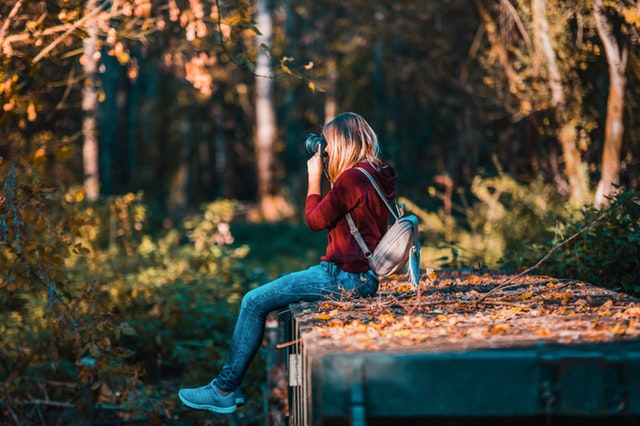Flappers & Women's Emancipation

The so called Roaring Twenties was a wild and crazy period full of flappers dancing the Charleston, speakeasies and glamor. Women performers like Josephine Baker, Maud Allan and Tallulah Bankhead challenged women's roles and sexuality by performing powerful, provocatives dances and they were greatly admired by women. Simultaneously, fashion evolved, with shortening skirts and women began to have new physical freedoms and the time to enjoy them. Compared to their grandmothers, they could run, ride bicycles and dance with ease.
The expressive dancing of the Twenties played an important role in the women's liberation movement. Quickly Ragtime and burlesque music and flapper culture created a lively deviation from ballroom dancing. The burlesque encouraged women to kick, rock, and lock their swaying bodies together. As the dancing grew more raucous, so did morals: the divorce rate sky-rocked and premarital sex became normalcy. Flapper dancing and many of the unique and powerful female dancers from that epic played an essential role in rebelling from the previous dominant Victorian culture and allowing women's voices and bodies to be heard.
The expressive dancing of the Twenties played an important role in the women's liberation movement. Quickly Ragtime and burlesque music and flapper culture created a lively deviation from ballroom dancing. The burlesque encouraged women to kick, rock, and lock their swaying bodies together. As the dancing grew more raucous, so did morals: the divorce rate sky-rocked and premarital sex became normalcy. Flapper dancing and many of the unique and powerful female dancers from that epic played an essential role in rebelling from the previous dominant Victorian culture and allowing women's voices and bodies to be heard.

